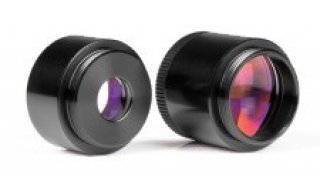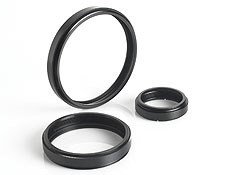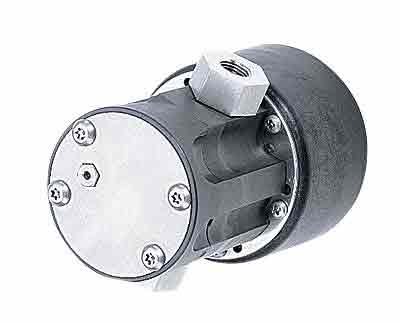Whole mount fluores...
实验概要
The method provides a protocol for whole mount fluorescent immunohistochemistry. The advantage of using fluorescence to stain whole mount sections is that confocal microscopy can be used to section through the larger embryo or tissue sample without having to manually section onto slides. This gives a clearer idea of where the target protein of interest is expressed within the tissues.
实验步骤
1. Obtaining the embryo:
Chick: Gently break the egg into a medium sized clean glass petridish. The embryo will naturally float to the top of the yolk. It will then be visible for careful removal using clean scissors and a Pasteur pipette with the tip removed (this prevents any damage to the embryo from the narrow end of the pipette).
Mouse: Operate on adult female to remove embryos.
Dissect the embryo in ice cold PBS removing as much unwanted tissue as possible.
We recommend to remove as much embryonic membrane and excess tissue as possible as this can prevent the antibody perfusing into the embryo.
2. Place embryo in a 5 ml bijous in 4% paraformaldehyde. Leave to fix 4oC. The time required will need optimization. We suggest trying between 2 hours and overnight.
OR Fix in m-DMSO (80% methanol, 20% DMSO).
Generally whichever fixative has been used successfully with the antibody when used in cryosections, this fixative should be suitable for whole mount. However, this may require some optimization.
When the sample is fully equilibrated with the fixative (i.e the fixative has permeabilized the whole sample) then it should sink to the bottom of the solution. Ensure the sample has sunk to the bottom of the fixative before proceeding.
3. Wash 3X in PBS 0.5 - 1% Triton 30 min each time.
4. Incubate the embryos twice for 1 hr in block (PBS 1% Triton 10% FCS, 0.2% sodium azide), room temperature.
5. Wash embryos 2X in blocking buffer
6. Transfer embryos using Pasteur pipette with the end cut off to a 2 ml tube. Add primary antibody at the required dilution / concentration.
It is recommended that as incubations can be very long in whole mount staining, the antibody should be diluted in blocking buffer containing 0.02% sodium azide to prevent microbial growth.
7. Incubate for 1 to 4 days on a gentle rotation devise at 4oC.
This incubation time will require some optimization depending on the antibody and also the size of the embryo.
8. Wash embryo’s 3X 1 hr in PBS 1% Triton 10% FCS
9. Wash 3X 10 minutes in PBS 1% Triton
10. Wash embryo’s 3X 1 hr in PBS 1% Triton 10% FCS 0.2% sodium azide
11. Wash 3X 10 minutes in PBS 1% Triton
12. Add secondary antibody in blocking buffer (PBS 1% Triton 10% FCS 0.2% sodium azide)
13. Incubate for 2 to 4 days with gentle rotation 4oC
14. Wash 3X 10 minutes in PBS 1% triton
15. Mount and view embryo’s. Store at 4oC in the dark until analysis
注意事项
1. Place sample in 100% glycerol for 48 hours. When sample is fully equilibrated with the glycerol (i.e it is fully perfused with the glycerol) it will sink to the bottom of the vial. Ensure the sample is at this stage before proceeding.
2. 75% glycerol has approximately the same density as gelatin which is used to mount and set the samples on a slide. Therefore, samples should be equilibrated in 75% glycerol after staining for approximately 15 minutes (again, when equilibrated, the sample should sink).
3. Place in 50% glycerol until the sample sinks. The embryo can be imaged at this stage, or mounted whole in the glycerol on a slide. Use grease around the edges of the coverslip for protection.
If the sample is to be embedded in geletin and sectioned on a vibratome; place 20% gelatin pre-warmed to 65oC. Leave for approximately 30 minutes to equilibrate before taking out the sample to mount. When equilibrated in the gelatin, the sample should sink to the bottom.




















